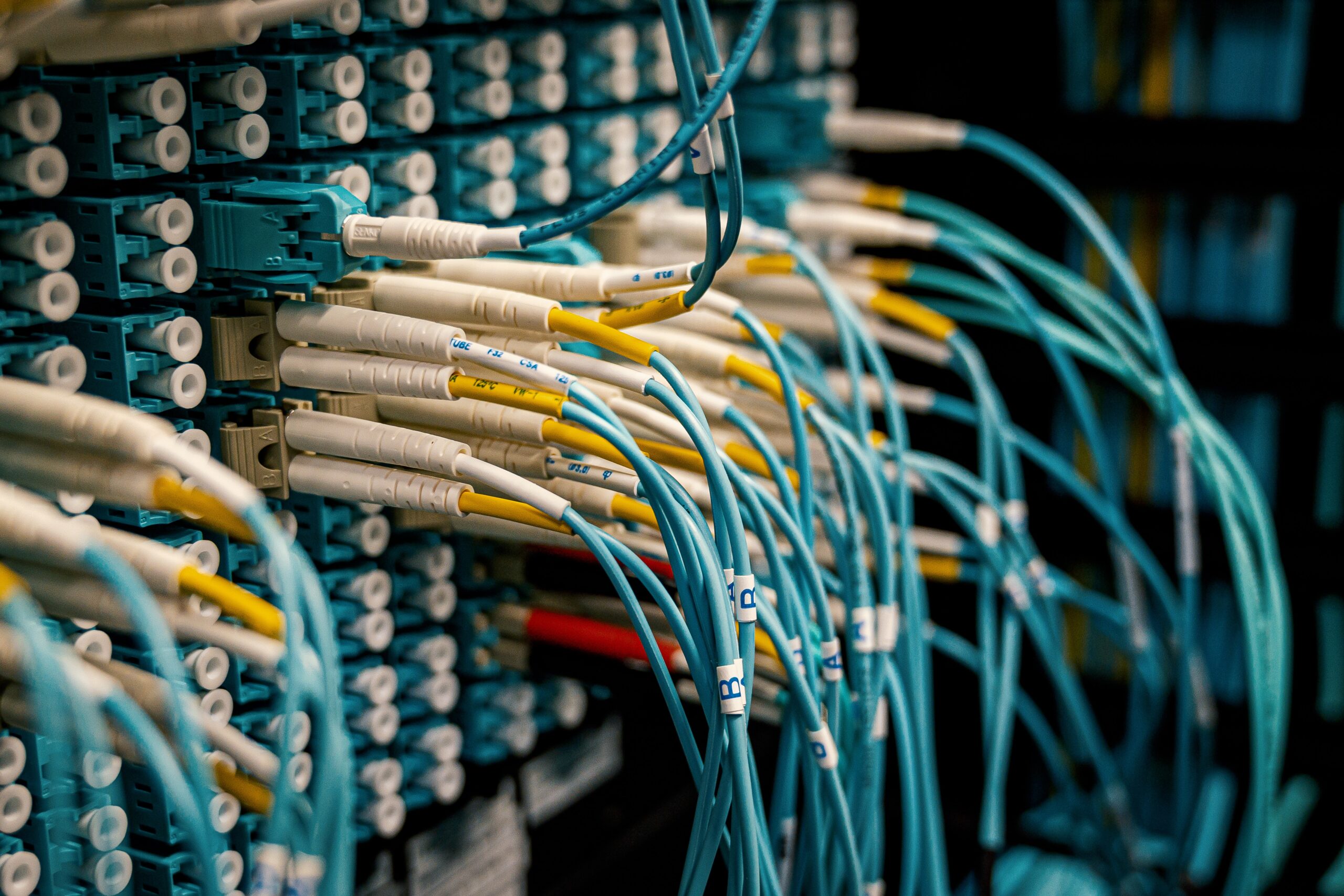
The development of technology has completely changed how you communicate in the field of telecommunications, and fiber communications is one such ground-breaking innovation. High-speed data transmission has seen the emergence of fiber optics as a major player, delivering unrivaled capabilities and dependability. The Genesis of Fiber Optics
In the 19th century, researchers began experimenting with the light-guiding capabilities of water jets, which is when the idea of light being able to be transmitted through a transparent medium was first conceived. However, the major breakthrough in fiber optics occurred in the 1960s, creating low-loss optical fibers constructed from glass or plastic. This was the decade in which the technology was commercialized. These first optical fibers provided the groundwork for the contemporary optical communication infrastructure.
- The Inner Workings of Fiber Optics
The operation of fiber optics is based on a principle known as total internal reflection. In this principle, light can go through a core material by repeatedly reflecting off its boundaries. Cladding material has a lower refractive index than the core, commonly constructed of glass or plastic. The cladding material surrounds the core. This arrangement ensures that light is contained within the core at all times, preventing signal loss that could otherwise be caused by leakage or dispersion. Due to its large bandwidth and low attenuation, fiber optics enables the transfer of data across great distances with just a minor loss in signal quality.
- Advantages of Fiber Communications
Speed and Bandwidth: The data transmission speeds offered by fiber optics far outpace those offered by more conventional copper-based systems. Fiber communications offer an unrivaled bandwidth due to their capacity to transfer data at the speed of light. As a result, they are ideally suited for managing massive amounts of data.
Low Attenuation: Unlike copper cables, which suffer from severe attenuation over long distances, fiber optics encounter negligible attenuation over these same distances. Because of this property, it is possible to transmit over greater distances without using signal amplifiers.
Immunity to Electromagnetic Interference (EMI): Fiber optic cables are immune to electromagnetic interference, which suits areas with heavy electromagnetic radiation, including industrial settings or data centers.
Security and Privacy: Fiber connections are naturally secure because they do not transmit electromagnetic signals that are susceptible to being hacked. As a result, they are less prone to cyberattacks and eavesdropping, which protects the confidentiality of their data.
- Fiber Optics in Telecommunications
Fiber optics has been an essential component in the evolution of the telecommunications industry and the internet, as it is currently understood. They are the pillars upon which long-distance communication networks and submarine cables are built, making the transfer of information worldwide possible. Fiber optics are used by Internet Service Providers (ISPs) to deliver high-speed broadband connections to homes and businesses. These connections ensure that users have access to the internet in a timely and dependable manner. In addition, the implementation of fiber-to-the-home networks (also known as FTTH) is gaining steam, which promises end consumers connectivity at breakneck speeds.
- Fiber Optics in Data Centers
Fiber optics play an important role in the interconnection of servers, storage systems, and networking equipment in modern data centers, considered the backbone of modern organizations. Fiber communications provide the bandwidth and low-latency connectivity essential for smooth data transfer and effective operations. For high-speed rates, an ST fiber connector is generally used, which provides a reliable path for communication. This is critical in light of the exponential development in the demands placed on data generation and processing.
- Fiber Optics in Telemedicine
Fiber optics have been increasingly popular in the medical field for telemedicine applications. These applications make it possible to conduct remote consultations, transmit medical images, and telemonitor patients. Surgical processes have been changed due to the development of fiber-optic-based medical devices and instruments, which allow for precise and real-time visualization for surgeons.
- Future Prospects and Technological Advancements
Advanced optical fibers capable of supporting even higher data rates and longer transmission distances are now being developed by researchers investigating novel materials and production techniques. In addition, recent developments in signal processing and multiplexing methods are pushing the boundaries of data capacity, making fiber optics a potentially strong candidate for meeting future communication requirements.
Conclusion
The world of communications has changed due to fiber communications, which are based on complete internal reflection and light propagation theories. Fiber optics have replaced traditional wired connections in data transfer because of their unmatched speed, bandwidth, and immunity to interference. The importance of fiber communications will only increase as the globe evolves towards a more connected and data-driven future, ushering in a time of seamless and effective international communication.

